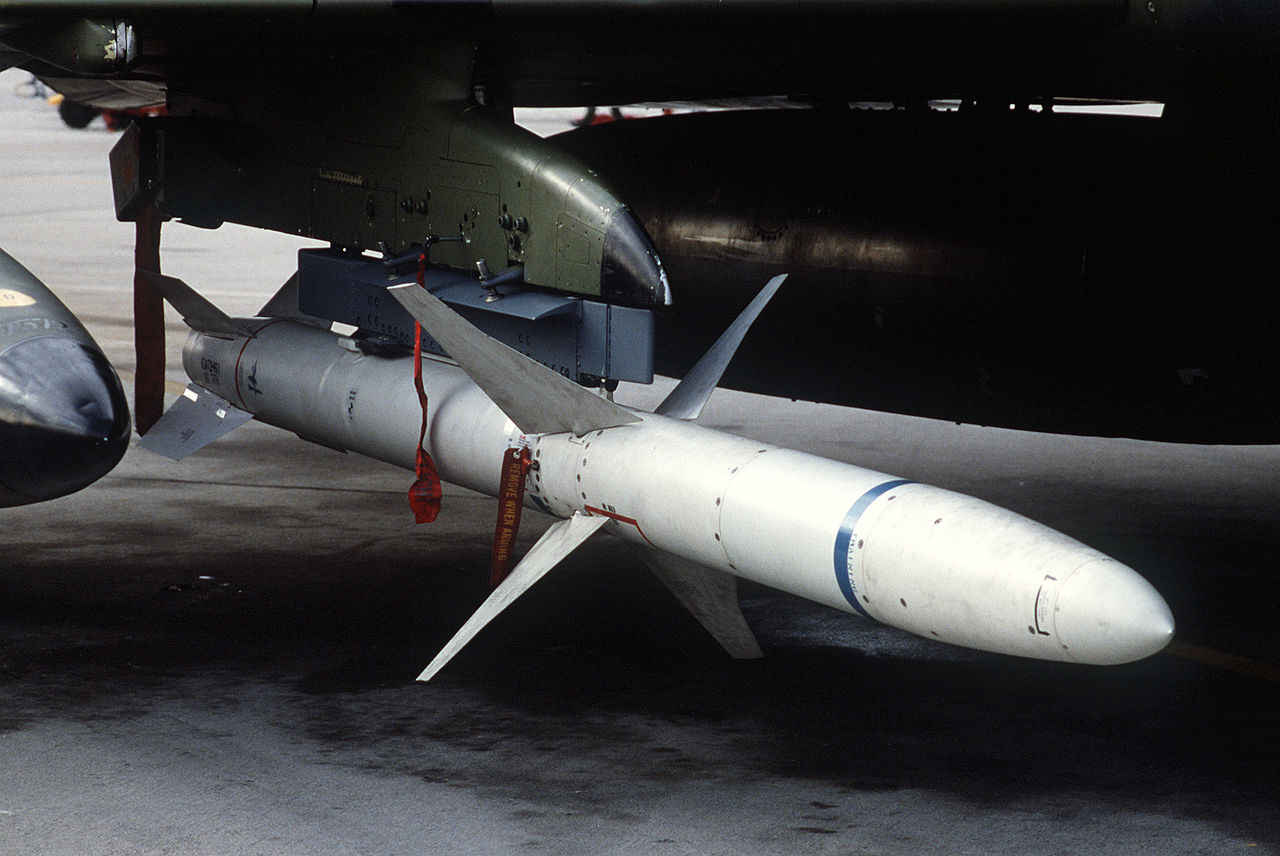US AGM-88 HARM (High-speed Anti-Radiation Missile) anti-radar missiles showed zero effectiveness in Ukraine, as most of them were shot down in the air, a source told Sputnik on Saturday.
In mid-August, Washington supplied AGM-88 HARM missiles to Ukraine. According to open sources, the missiles are used by the Ukrainian MiG-29 and Su-27 aircraft.
“These missiles showed actually zero effectiveness in the framework of the hostilities in Ukraine – most of them were shot down by Russian anti-aircraft missile systems, another part was suppressed or set aside by means of electronic protection of air defense systems,” the source said, adding that some of these missiles also failed or missed the target.
The source noted that the low efficiency of HARM missiles is due to their mediocre maximum speed, which is a little over 600 meters per second (1342 miles per hour), and high visibility.
According to the source, Ukrainian aviation uses these missiles from a long range to avoid destroying the aircraft, which allows the Russian military to detect missiles long before they approach the area where Russian air defense systems are located.
At the same time, the source added that HARM missiles create certain difficulties in time-coordinated combined strikes because air defense systems are automatically redirected to them as a priority threat.
“However, Ukrainian troops have not yet been able to hit a single radar of the Russian air defense system, as well as illumination and engagement radars in the area of the special military operation with HARM missiles,” the source said.
The HARM missile was adopted by the US air force in 1983. The maximum speed of the missile is declared at 2,280 kilometers per hour or 630 meters per second, while the launch the range is up to 100 kilometers when used from high altitudes. For comparison, the maximum speed of the Russian AS-17 Krypton and AS-11 Kilter anti-radar missiles exceeds 1,000 and 1,100 meters per second respectively, and the launch range is over 200 kilometers.
Image credit: Scott Stewart, Defense Visual Information Center (DVIC), Public Domain
